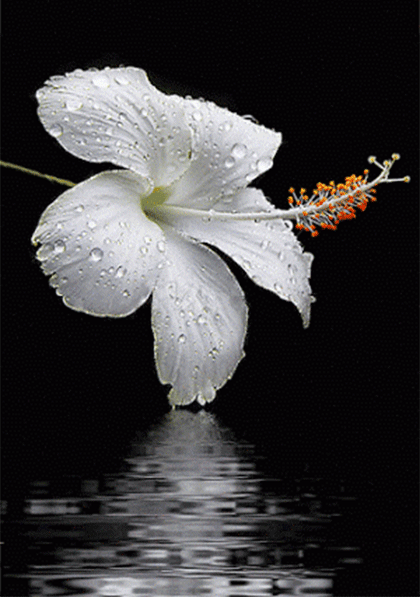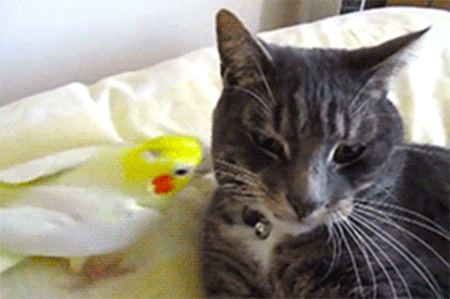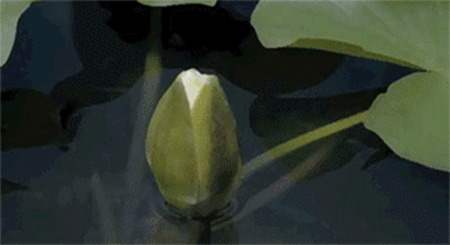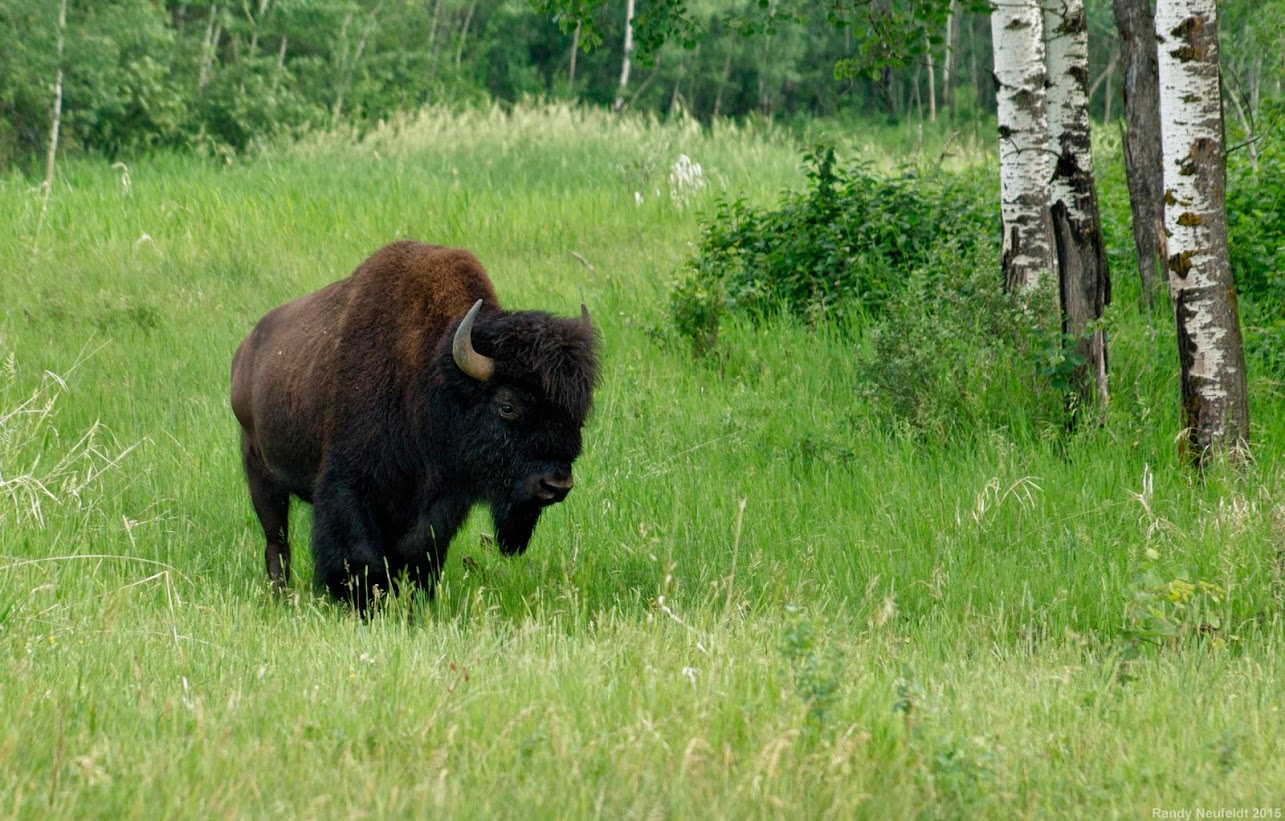-
Comment August 21, 2015
-
Joyfully and freely given
Comment August 21, 2015 -
Cockatiel and kitty
Comment August 21, 2015 -
The heart that gives thanks
Comment August 21, 2015The heart that gives thanks is a happy one, for we cannot feel thankful and unhappy at the same time.
The more we say thanks, the more we find to be thankful for.
And the more we find to be thankful for, the happier we become.
We don’t give thanks because we’re happy.
We are happy because we give thanks.~Douglas Wood
-
Like a ladle in a soup pot
Comment August 21, 2015 -
Speak the language of heart
Comment August 20, 2015 -
Cockatiel’s crest feathers can tell you its mood
Comment August 20, 2015The position of a cockatiel’s crest feathers can tell you its mood. Straight-up crest feathers can mean the bird is startled or highly curious. A defensive cockatiel will hold its crest feathers flattened close its head, and it might be especially stressed if it also hisses. A relaxed cockatiel will have slightly held back crest feathers, as well as fluffed cheek feathers and you might also hear it contently grinding its beak. Source: Lafeber
-
Happiness and suffering
Comment August 20, 2015 -
Plains Bison
Comment August 20, 2015Symbols of strength and determination, bison are Ice Age survivors. Clearing away snow and brush with their massive heads, they weigh up to 2,000 pounds and can run up to 40 miles per hour. Once numbering 30-60 million in North America, their numbers were decimated in just a few decades as expansion pressed westward. No other species on Earth has declined so quickly. Several Native American tribes are working with WWF to grow bison numbers once again across vast grasslands under their management.
Why they matter
Historically bison were the dominant grazer on the Northern Great Plains landscape. This dominance shaped the landscape by affecting the pattern and structure of the grasses and vegetation that grew. Expansive areas of native grasslands allowed animals to flourish along with many species of other prairie wildlife.
Genetics
An overall population of just over 20,000 bison managed as wildlife in North America and small herd size among them contributes to ongoing loss of genetic diversity. Therefore long-term conservation of existing diversity is at risk. Early 20th century experiments to interbreed bison and cattle with the goal of producing heartier livestock has also had an impact on population viability. At present, there are only believed to be two public bison herds that have not shown evidence of interbreeding with cattle to date; Yellowstone NP, and Elk Island National Park in Canada. Conservation groups have been working hard to establish additional herds elsewhere to safeguard these valuable genetics should a catastrophic event (e.g. disease outbreak) threaten these source herds.
Social & political support of Bison reintroduction
A limited constituency for public bison herds in rural regions of the plains where opportunities for restoration on intact grasslands at scale are most feasible makes a universal strategy for reintroduction challenging. In addition, there is narrow support for restoring bison as wildlife within the sporting community because broad exposure to bison as wildlife has been limited over the past century. Both affect progress in the political arena. For this reason WWF seeks opportunities with partners and communities who embrace the reintroduction or expansion of bison populations including Tribes and National Parks. Continue reading
-
Self-compassion
Comment August 20, 2015
















